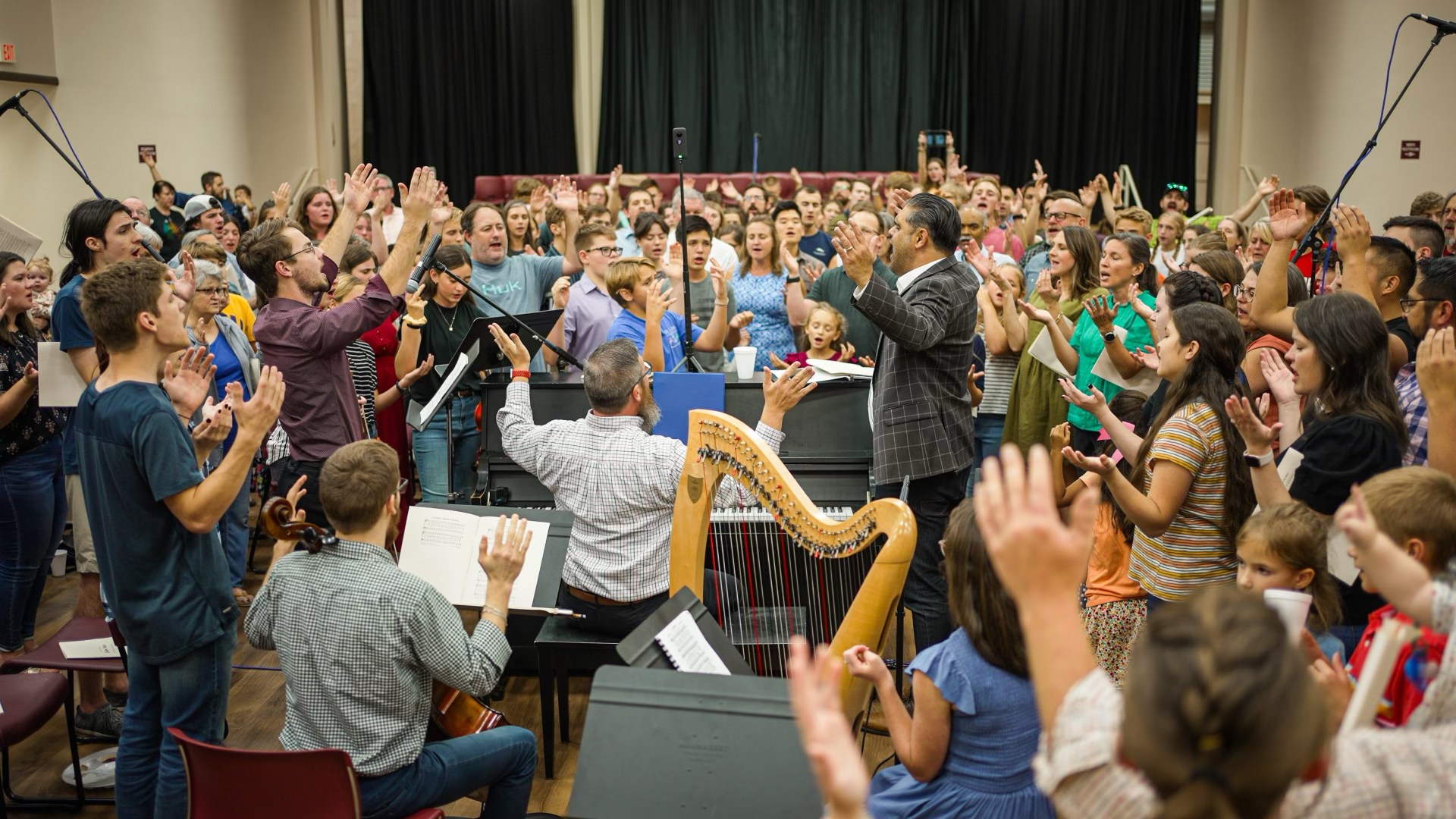We must shift our focus on liturgical efforts towards hospitality. This may seem straightforward, but implementing it on a large scale is no easy task. Some congregations may express a desire to embrace this approach, but they find themselves hindered by self-inflicted wounds. Their priority is often showcasing their distinctiveness rather than demonstrating it through tangible actions.
In our inquirer’s class, we use a saying that goes something like this: “We need to bathe our weirdness with a deep sense of commonness.” Internally and behind the scenes, we don’t view ourselves as weird, but we are quite aware that the perception exists in a thoroughly de-liturgized culture.
This came across in an observation from a mother who raised her daughter in a Reformed context and saw her daughter go into a different tradition altogether. Now, mind you, the daughter was not antagonistic towards Reformed Theology, but she found the practices of this broadly evangelical environment more friendly and inviting. For the record, I am the last person to give much credence to an impressionable young adult. Still, I do want to take the opportunity to offer some general thoughts on the art of commonness and why black coffee Calvinists like myself think our churches need more than mere liturgism.
The first observation is that our Reformational theology/liturgy should be inviting. However worship is communicated–paraments or stripped tables–it must carry on the gravitas of joy from beginning to end. We live in a culture that craves the normalcy of joy. If we invite younger generations to taste and see Geneva’s God, we must also ensure that we don’t portray Geneva as some ogre attempting to tyrannize conscience. Geneva needs to show up with smiles and greetings, not five points of inquiry.
The second point is that liturgical worship should evoke a sense of the holy. Our liturgy should guide people to see God’s sovereignty permeating every aspect of worship, every line, and every response.
Once, a visitor told one of our congregants that even though the liturgy was foreign to her, it was incredibly joyful. But even if the impression is oppositional–and it has happened–we should still communicate a culture where the holy is a common ritual of the people. You cannot control reactions, but you can manage interactions. You can control a sweet disposition towards a visitor. You can sit next to them when they walk in alone and guide them through the order of worship.
Third, and finally, if the liturgy is a living liturgy–contrary to modernistic ritualization experiences in mainline churches with alternating “Mother God” lines–then that liturgy must breathe life into the home. It needs to be perpetuated with food and drink for those strangers who visit. If they are not invited to see your lived-out liturgy, it is unlikely they will find pleasure in your acted-out liturgy on Sunday mornings. It will continue to be strange and foreign rather than warm and inviting.
Our liturgical efforts must move into hospitable efforts. In fact, liturgy necessarily moves into homes. Ultimately, we may still appear strange, and our songs may still give a Victorian vibe, but at the very least, we will have given visitors a sense of the holy and an invitation to joy.
Our Reformed churches should contemplate that model in our day.


















